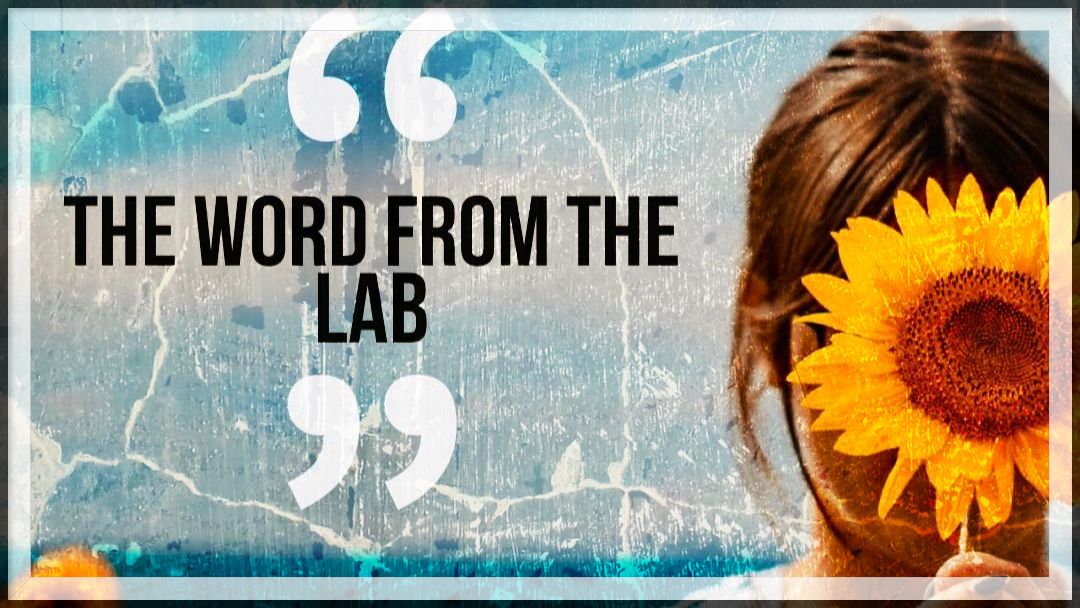
The Dish on Soap
Share
Or the soap on dish...
Either way, let’s talk soap! What is it? How is it made? What the heck is saponification? You have asked me for these details, and as the saying goes: Be careful what you ask for; you just might get it.
How does soap work?
Well it works by getting oil and water to play well together. Most of what you try to clean off your body with soap has an oily base to it. It's hard to wash off with water because water molecules are more attracted to one another than they are to oil. Consider this: when you try to wash a greasy pan with mere water, it will just run off without picking up the dirty, oily particles that cling to the surface. But thousands of years ago, people figured out how to resolve this problem. They realized that if they took a fatty acid (ie: rendered fat from a cow) and mixed it with an alkaline substance (ie: water mixed with ashes), it would produce a substance that was incredibly efficient at getting dirt to wash away. (Source: Sciencing.com)
It is pure chemistry and yet it is pure magic. I never tire of watching my recipes saponify!
How is soap made?
Simplest explanation—the blending of two ingredients:
1. an alkali
2. an oil or fat

What is saponification?
Picture your favourite soap maker—yours truly, I hope—with 1) a big pot of heated oils and butters and 2) a pitcher of lye and water mixture. Out comes the blender. Blending begins and the mixture comes to trace, which is a soap maker term for "it starts forming into a pudding-like texture". It is pure chemistry and yet it is pure magic. I never tire of watching my recipes saponify. It is like a magic show and I am like an eager, impressionable, fascinated kid in the front row.